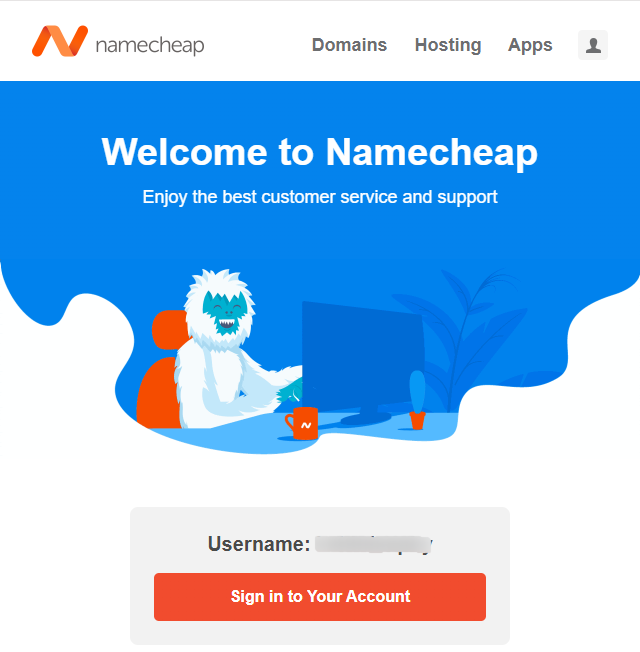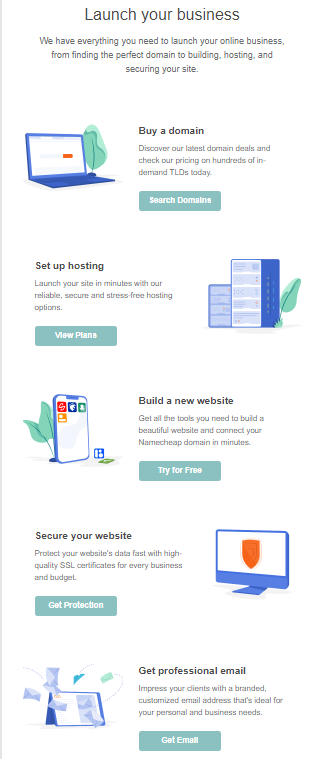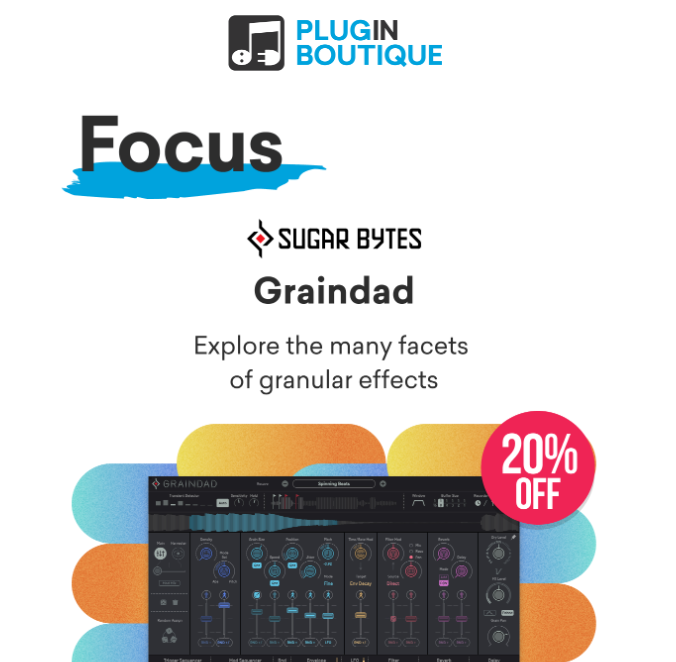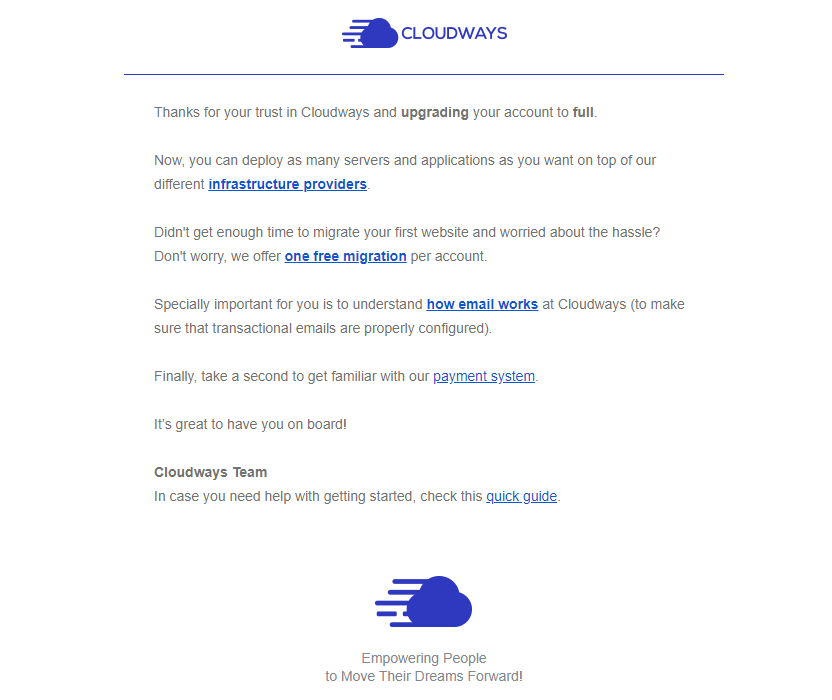Never talk to strangers—that’s what most of our parents taught us as kids. But if you’re spearheading email marketing campaigns—you’ll be the stranger.
We all know not to trust strangers, especially in today’s digital world. So, why should your target audience trust you? The secret? They don’t have to! But we can sure try!
Before we can get better results for our campaigns, we can’t be strangers to the basics. In this article, we’ll be going over:
- What an email marketing campaign is
- Types of email marketing campaigns
- How to make email marketing campaigns successful
What Is An Email Marketing Campaign?
Businesses, mainly eCommerce, B2B, and SaaS need customers. If your business’s customer base doesn’t grow, you can’t scale. This is where email marketing comes in.
It’s a way for brands to reach potential prospects, converting leads into paying customers. And, because it’s a direct type of communication, you can build personalized campaigns.
If you’re a complete stranger, then you need to do cold email marketing. But if you’ve already established an email list through things like newsletter subscriptions, then you can do the following:
- Email nurturing/drip sequence campaigns: Multiple emails, automatically scheduled over some time.
- Automated Triggers: Emails sent after specific actions are done by a customer.
- Broadcast Emails: Sent as a one-off email to your target audience.
The list above includes the basics for email marketing. There are still fundamental types to go through, including those for a customer’s purchasing journey, transactions, and more.
8 Types Of Email Marketing Campaigns
Email marketing best practices tell us that emails can be included in every step of a customer’s journey, from onboarding all the way to retention. Here are the email marketing campaign types you should consider:
The Onboarding Campaign
Onboarding or welcome emails are integral for building lasting relationships with your customers. It can be a one-off email or a series of informational emails with valuable content.
Welcome emails should be triggered after someone signs up or subscribes to your services or newsletters or when they provide their emails for more in-depth, gated content.
These emails tend to have the highest open and click-through rates (CTR) since it’s already anticipated. That means it can be used for a myriad of opportunities.
Here’s an example from Namecheap:

Not only does name cheap welcome you to their services, but they also include several valuable links to resources and cross-sells featured services that can help get you started.
Don’t forget personalization goes far when sending onboarding emails. To help you with this process, here are examples of email marketing templates you can use for onboarding.

The Promotional Campaign
Promotional campaigns are ways to promote new products, updates, events, and much more. To make this campaign more effective, you can add promos and discounts to entice customers.
Here’s a great example from Plugin Boutique, which just announced a new set of plugins for its 11th-anniversary sale.

The Triggered Campaign
No matter who you ask, one of the best email marketing tips veterans will give you is to automate. This is especially useful when conducting triggered campaigns.
These emails are sent out depending on activity. The triggers are based on conditions met by customers, like clicking on a link, checking out a product, or downloading content from your site.
Here is an example of a transactional trigger after upgrading to a full version of the hosting service, Cloudways:

The Newsletter Campaign
Newsletters are perfect for providing your audience with relevant and valuable content. It also gives the benefit of having regular communication so you can be top of mind for your audience.
Note newsletters won’t be the place to send a sales email. Instead, you should use newsletter campaigns to provide value and update them on products or new best practices.
When you provide quality content, it also has the chance of being shared with others in the industry. So, it becomes a win-win for both you and your recipients. Here’s an example from Trading View highlighting top posts from its community (utilizing user-generated content).

The Seasonal Campaign
Holidays are the perfect time for marketing. These seasonal emails offer opportunities you can’t miss. In fact, research from the National Retail Federation shows seasonal sales emails make up 20% of all retail sales.
To make effective campaigns consider:
- The holiday and the location you’re doing your campaign.
- When you should send emails (the earlier, the better).
- Adding a timer to promote FOMO (fear of missing out).
Here’s an example from the Gaming Library:

The Abandoned Cart Campaign
Abandoned items on a cart can potentially lead to a completed transaction with just a simple reminder. Even something as simple as:
“Hey, we noticed some items are still left in your cart. If you haven’t decided yet, here’s a 10% discount on your purchase! We’ll be happy to assist you with whatever you need.”
To make this more effective, you can use a powerful CRM tool such as Instantly’s campaign builder to automate the process.
The Following Purchase Campaign
Post-purchase emails are essential if you want to keep customers engaged with your brand and your products. For example, if you’re an eCommerce business selling gym equipment and a customer just bought a treadmill, you can send tips on how to effectively use the product or suggest items that go well with a treadmill.
The We’re Still Here Campaign
In a perfect world, all our subscribers would open our emails the moment we sent them. But that’s not the case. According to statistics, email list churn rates are between 25-30% each year.
A way to deal with this issue is through re-engagement campaigns. If a lead hasn’t opened an email you send within a couple of months, you can attempt to entice them back or remove them from your list.
If they haven’t opened an email in a while, it could affect your email account’s reputation and deliverability rates.
Key Takeaways
To get the most out of our email marketing campaigns, we must learn what type of email fits the occasion. So, before sending out your drafts, consider the following:
- Email campaigns can be done for every step of a customer’s journey.
- Campaigns can be automated through triggers based on customer activity.
- Welcome emails have the highest open rates. Use that to your advantage.
- You can increase sales through abandoned cart campaigns.
- Remove subscribers from your list if they haven’t responded after re-engagement.
If you want to level up your marketing campaigns for all of these email types and more, look no further than Instantly! Start for free today and experience how AI-powered automation can take your campaigns to new heights.





